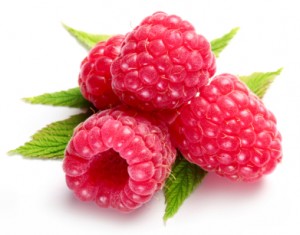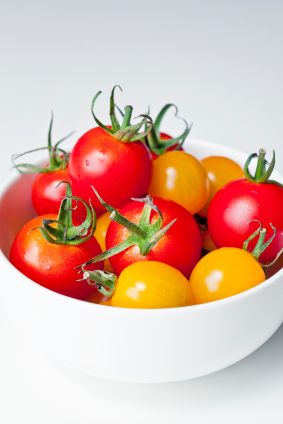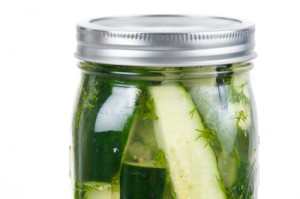 Refrigerator pickling is one of the quickest ways to preserve your summer produce. This process keeps the vegetables crisp and is great for cucumber pickles.
Refrigerator pickling is one of the quickest ways to preserve your summer produce. This process keeps the vegetables crisp and is great for cucumber pickles.
It is a fast two-step process. The first is to find vegetables and cut them into wedges or slices for the canning jar. Cucumbers, carrots, beets, onions, cherry tomatoes and green beans work the best. Cutting and arranging the vegetables is the longest part of this type of food preservation. Look for interesting colors of beets and onions to make the jar beautiful. The second is to boil a brine (vinegar, sugar, salt and spices) to create a dill, sweet or savory sauce. Use a sterilized canning jar and lid to preserve this for up to a year in the refrigerator.
The Local Organic Meals on a Budget class this week included two refrigerator pickle recipes from Dena Aquilina, General Manager of Beneficial Farms CSA. Here are the recipes and the easy way to make them. Make both of these recipes within an hour.
Beet Refrigerator Pickles $3.35 for 8 people
Store in this one quart canning jar in the fridge when cooled and do not can this recipe. Add hard-boiled eggs for a colorful protein hit – a popular street food in Miami.
4 Beets,½ Red Onion,1 cup White Vinegar,1 cup Filtered Water,¾ cup Sugar,½ tsp Kosher Salt,½ tsp Celery Seed,1 T Mustard Seeds,2 Cloves
For one quart, cook beets until just tender (fork will start to slide into beet), peel and cut into quarters or slices (don’t overcook)
Slice 1/2 medium onion into thick slices.
Boil together:1 c white vinegar,1 c filtered water, 3/4 c sugar or 1/2 c agave, 1/2 t salt, 1/2 t celery seed, 1 T mustard seed and cloves.
Pack beet and onion pieces in clean quart jar – make it pretty! Pour hot brine over, seal with new lid; cool and refrigerate. These are ready to eat when chilled and will keep in your fridge as long as you can resist eating them!
Dena’s Dills (Refrigerator Pickles) $4.56 for 8 servings
¾ cup Cider Vinegar
1-1/4 cup Filtered Water
1 T Kosher Salt
¾ T Sugar
Heat the brine together and let cool.
½ T Mustard Seeds
2 Cloves of Garlic
½ tsp Pickling Spice
1 T Dill Seed
2 lbs of Cucumbers, Carrots or Green Beans
Sterilize a Quart Canning Jar and lid. Add the spices and then sliced cucumbers, carrots or green beans. Pour the brine over the vegetables. Keep in the refrigerator for up to 1 year. Do not can this recipe as it does not have the appropriate acid level.
Want to learn more about food preservation? Come to Home Grown New Mexico’s next food preservation class: Sunday, September 9th at 11am at Milagro Community Garden on Rodeo and Legacy
Learn about pressure canning for low acid foods and help Jannine Cabossel and Duskin Jasper make salsa from the garden. Bring a donation and take home a jar of salsa.
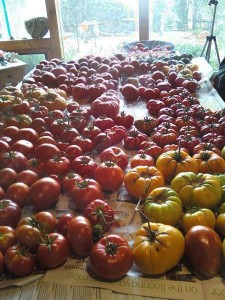 This came from Barbara Goede. It is an unusual way to use tomatoes from the garden. She recommends gourmandeinthekitchen.com.
This came from Barbara Goede. It is an unusual way to use tomatoes from the garden. She recommends gourmandeinthekitchen.com.

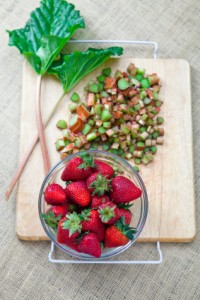
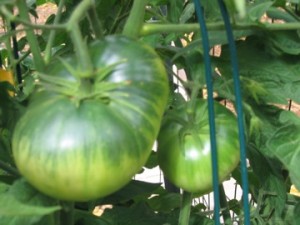
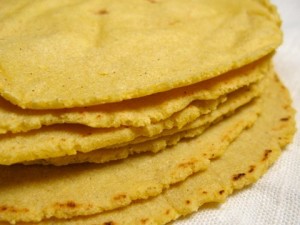
 Nadine’s Green Chile Apple Chutney
Nadine’s Green Chile Apple Chutney
